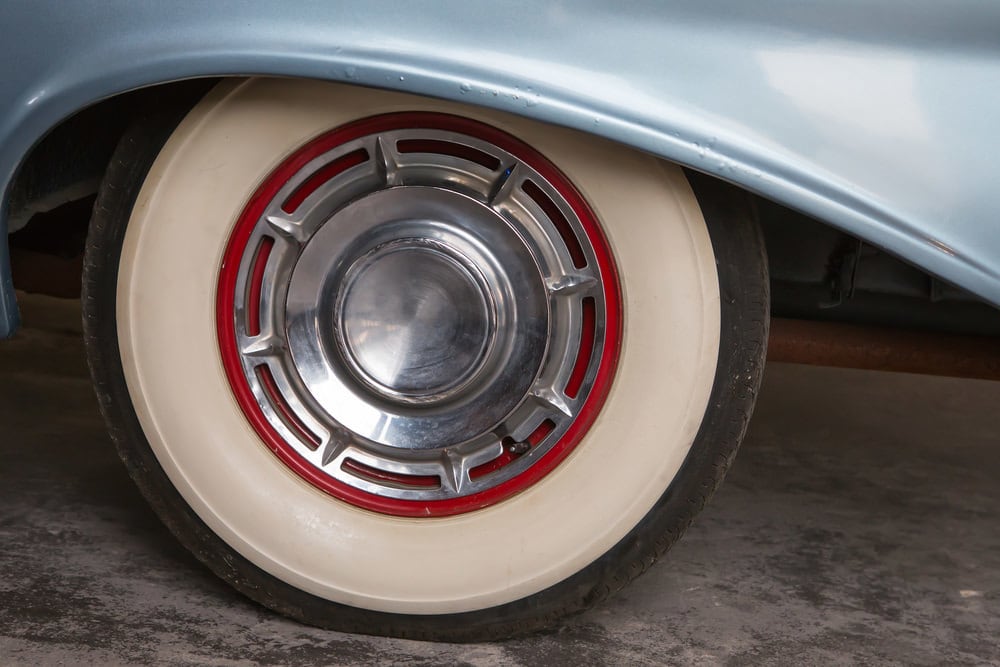

Since the inception of rubber pneumatic tires in 1888 on the Benz gasoline powered car, advancements in materials and technology have made huge strides. Air-filled tires began to increase in popularity in 1895 and have been the norm since then, though in many various designs.
Early developments
In 1905, tread was introduced onto pneumatic tires for the first time. It was a thickened contact patch designed to reduce the wear and damage that occurred to the soft rubber tire.
In 1923, the first balloon-style tire was used that looks similar to what is used today. It vastly improved a vehicle’s ride and comfort.
The development of synthetic rubber by an American company, DuPont, happened in 1931. It totally changed the automotive industry as tires could now be readily replaced, and the quality could be controlled much more precisely than natural rubber.
Gaining traction
The next major development came in 1947 when a tubeless pneumatic tire was developed. No longer were inner tubes required as the tire’s bead sealed onto the lip of the tire. This milestone was due to the increase in precision manufacturing both by tire manufacturers and wheel makers.
A short while later in 1949, the first radial tire was manufactured. The radial tire was preceded by a bias ply tire that had cords running on an angle to the tread, which tended to wander and develop flat spots when parked. The radial tire vastly improved handling, extended tread wear, and was a huge bump to the safe operation of a car.
Radial run-flat tires
Tire manufacturers continued to tweak and fine-tune their offerings through the next 20 years, and the next major development occurred in 1979. The radial run-flat tire was produced which could be driven up to 50 miles per hour with no air pressure, and as far as 100 miles. The tires incorporate a thicker, reinforced sidewall that can support the weight of the tire for limited distances with no inflation pressure.
Increasing efficiency
The year 2000 saw the world’s focus turn to environmental practices and products. A never before seen importance was put on efficiency, especially in emissions and fuel consumption. Tire manufacturers looked for solutions to the these concern, and began testing and implementing tires that reduced rolling resistance to improve fuel efficiency. Manufacturing plants also sought ways to decrease emissions and streamline the production plants to decrease greenhouse gases. These developments also increased the number of tires a plant could produce.
Future developments
Tire manufacturers have always been at the forefront of vehicle development and technology. So what does the future hold?
The next major development has actually been introduced already. Major tire manufacturers are all feverishly working on airless tires that were originally introduced in 2012. They are a web-like support structure that mounts on the rim without an air chamber to inflate. The non-pneumatic tires cut the manufacturing process in half and are made of a new material that can be recycled or possibly even retreaded. Expect the initial usage to focus on the environmentally friendly vehicles like electric cars, hybrids, and hydrogen-powered cars.



